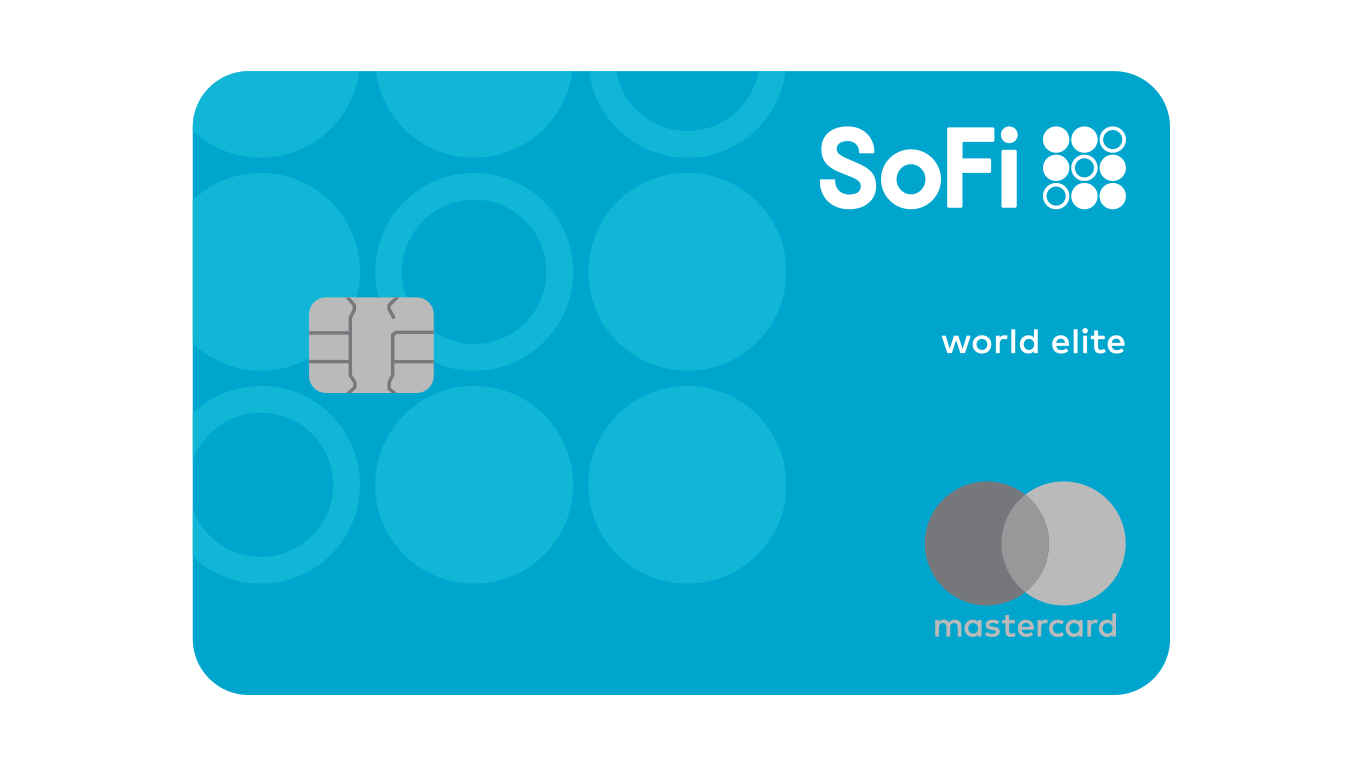Michelle Lambright Black is a charge card, home loan, and personal funds expert . Their particular functions has been appeared in print for example Reader’s Digest, LendingTree, Forbes, Experian, Bankrate, and you can Team Insider. When she is not geeking away from the borrowing from the bank, the woman is hanging out with their particular high school students in Charlotte, Vermont.
Glen Luke Flanagan try a deputy editor on Luck Advises exactly who focuses primarily on home loan and you will mastercard articles. His earlier in the day positions tend to be deputy publisher positions during the United states Now Strategy and you may Forbes Advisor, and elder copywriter during the LendingTree-all of the focused on bank card benefits, fico scores, and related information.
Applying for a mortgage (and you will in search of an informed rate of interest) is an elaborate procedure, whether you are a first-day homebuyer otherwise a professional expert. The debt-to-money proportion (DTI) is but one factor loan providers imagine whenever choosing whether or not to agree you to possess home financing, and you may exactly what rate to provide when your software is approved. To put it differently, DTI is an analytical treatment for examine your month-to-month debt money vs. their month-to-month earnings.
Other factors mortgage brokers believe when you apply become the credit get, your own downpayment, the employment background, plus. This informative guide is focused on DTI, since it is important to understand how to assess your DTI and you may just how their DTI can affect your odds of acquiring the home loan words you’re dreaming about. Keep reading and we’ll split they off.
What exactly is a loans-to-earnings ratio?

The debt-to-earnings otherwise DTI ratio is the part of money you employ to expend the borrowing financial obligation every month. Lenders assess DTI proportion by researching the bucks you have made for every single times (pre-tax) with the monthly minimum obligations money your debt towards the loan providers.
Mortgage lenders explore DTI data to understand if people can handle a monthly mortgage payment and you may, in this case, how much cash capable fairly afford to borrow. In case the DTI proportion is too high, it is indicative that you may possibly become overextended economically and you will providing out another financing you’ll place you around continuously economic stress. In comparison, a decreased DTI proportion often means that you may possibly have the ability to cope with additional personal debt and stay latest towards the ensuing payments.
Kind of obligations-to-income rates
Spoiler alert: Your back-prevent DTI could possibly be the one you need to be mostly worried about when applying for a home loan. Now, let us take a closer look in the both kind of rates and as to the reasons it count for you since a potential homebuyer.
Front-stop DTI
When lenders determine your front side-end DTI ratio, they might be worried about property-associated costs. Such can cost you aren’t are your dominating, attract, taxation, and insurance rates-lumped together according to the phrase PITI.
Your front-end DTI proportion would be to essentially become just about 28% of terrible monthly income when taking away a mortgage. imp source Yet , lenders will most likely not worry about it amount which have specific brands out-of financial programs (FHA financing is one to notable exemption, and your top-end DTI does matter if this is the sort of home loan you may be looking to).
Regardless of whether your own prospective lenders cause of your top-prevent DTI or not, you should invariably evaluate simply how much house you can afford in which your funds can be involved in advance of investing another type of loan.
Back-end DTI
The amount one to lenders become most concerned about when you sign up for a home loan is your straight back-stop DTI ratio. That it contour includes your homes will set you back additionally the minimal payments into the all the newest borrowing from the bank loans in your credit history-a total image of your own month-to-month using.
Generally speaking, you should spend no more than 36% of earnings on the mutual costs monthly. However, loan providers can still agree you definitely loan applications with a high DTI ratio.

